Ansible on Azure Part 3
This is Part 3 of the Ansible on Azure series. In this blog you’ll discover Ansible role development patterns on Azure using the Molecule-Azure driver through methodologies you can follow and YAML examples.
During my own discovery and testing solution examples of the Molecule-Azure driver were scarce to find so I’m hoping to aggregate my learnings in this blog.
- Part 1 covers the birds-eye solution overview and introduces you to key components.
- Part 2 showcases the Terraform module used to automate deployment of an Ansible control host into Azure.
- Part 3 dives into using the Molecule-Azure driver to rapidly develop Ansible playbook tasks on Azure instances.
Development Ecosystem Mapping
In terms of our development ecosystem described in Part 1, and shown below, this blog covers stages 4-7.
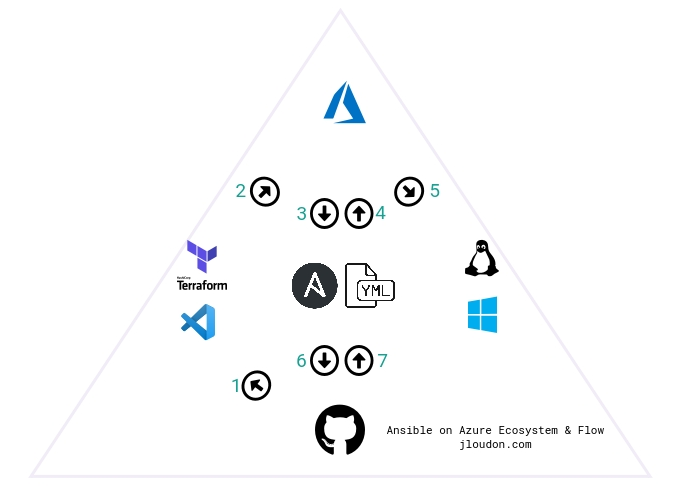
Ansible Role Development Methodology
Let’s examine two possible scenarios you may encounter with Ansible role development and the methodology you should adopt for each.
Creating a new Ansible role:
- Run
molecule init role ansible-role-exampleApp -d azureto initialize a new Ansible role that uses the Molecule-Azure driver - Modify the default Molecule scenario files to suit your test requirements e.g.
/Molecule/default/*.yml - Create your Ansible tasks e.g.
/Tasks/*.yml - Run
az loginto authenticate to Azure - Run
molecule createto test the Molecule scenario’s resource deployment - Run
molecule convergeto test your Ansible tasks against the Molecule scenario resources - Run
molecule destroyto remove the Molecule scenario resources - Run
molecule testto fully test (dependency, lint, cleanup, destroy, syntax, create, prepare, converge, idempotence, side_effect, verify, cleanup, destroy) - Push your new role into source control via Git
Modifying an existing Ansible role:
- Pull the existing role from source control via Git
- Run
molecule init scenario rhel8 -d azureto initialize a new Molecule scenario that uses the Molecule-Azure driver - Modify the new Molecule scenario files to suit your test requirements e.g.
/Molecule/rhel8/*.yml - Update the Ansible tasks as required e.g.
/Tasks/*.yml - Run
az loginto authenticate to Azure - Run
molecule create -s rhel8to test the new Molecule scenario’s resource deployment - Run
molecule converge -s rhel8to test your Ansible tasks against the Molecule scenario resources - Run
molecule destroy -s rhel8to remove the Molecule scenario resources - Run
molecule test -s rhel8to fully test (dependency, lint, cleanup, destroy, syntax, create, prepare, converge, idempotence, side_effect, verify, cleanup, destroy) - Push your changes into source control via Git
Role/Scenario Init Examples
Here’s some quick code snippets to get you started with generating new roles and scenarios.
# Initialise a new Ansible role that uses the Molecule-Azure driver
molecule init role ansible-role-exampleApp -d azure
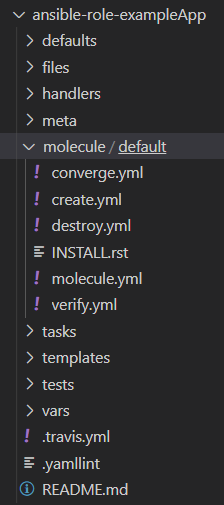
# Initialise new Molecule scenario that uses the Molecule-Azure driver
molecule init scenario rhel8 -d azure
# List all Molecule scenarios
molecule list
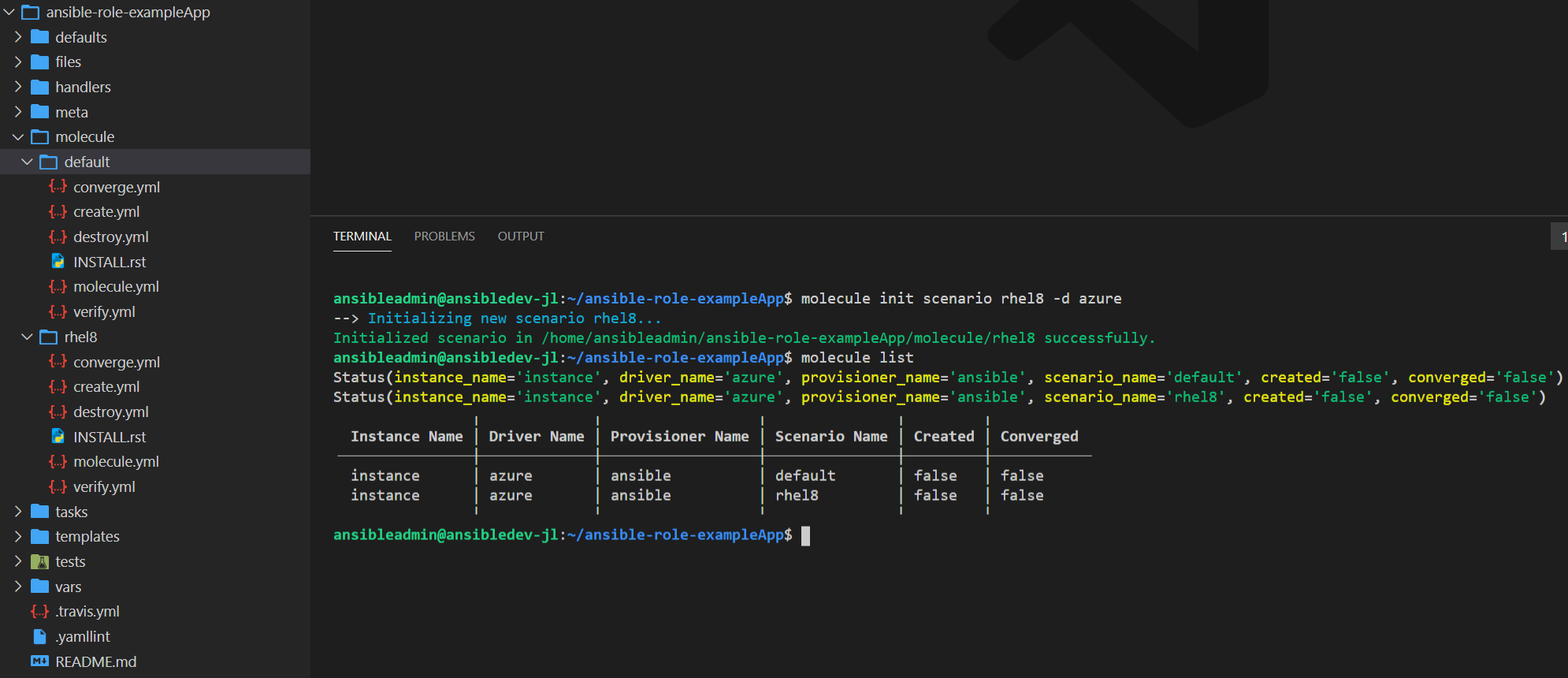
If the concept of roles/scenarios is completely new I recommend checking out the Molecule docs for a more detailed explanation.
Molecule-Azure YAML Examples
You should modify the Molecule scenario YAML files to suit your development requirements.
Below you’ll find examples which can be used as a foundation for testing Ansible roles on Linux or Windows instances in Azure.
Scenario #1 - RHEL8
The significant parts of my modification to the default create.yml are:
- removed tasks which created a virtual network and subnet as I’m deploying my Molecule scenario instance into an existing VNET/Subnet
- added parameters to the
azure_rm_virtualmachineresource to target an existing VNET/Subnet - changed
public_ip_allocation_methodto disabled
If you’re following along from Part 2 of this blog series - remember to update virtual_network_resource_group_name and virtual_network_name variables with the relevant Terraform output values.
A completed run using molecule create -s rhel8 shows the following.

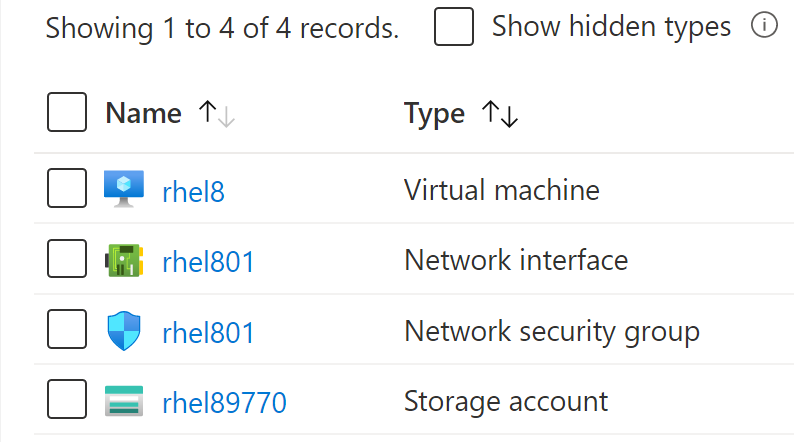
Scenario #2 - WIN2019
The significant parts of my modification to the default create.yml are:
- added the
azure_rm_virtualmachineextensionresource which is used to run a PowerShell script that enables WinRM on the Win2019 instance - ensured the Win2019 instance’s
private IPis passed to the Molecule instance config dict so it can be used as the WinRM target address - removed the task which creates a key pair as I’m using a username/password to connect over WinRM to the Win2019 instance
- removed tasks which created a virtual network and subnet as I’m deploying my Molecule scenario instances into an existing VNET/Subnet
- added parameters to the
azure_rm_virtualmachineresource to target an existing VNET/Subnet - changed
public_ip_allocation_methodto disabled
If you’re following along from Part 2 of this blog series - remember to update virtual_network_resource_group_name and virtual_network_name variables with the relevant Terraform output values.
A completed run using molecule create -s win2019 shows the following.

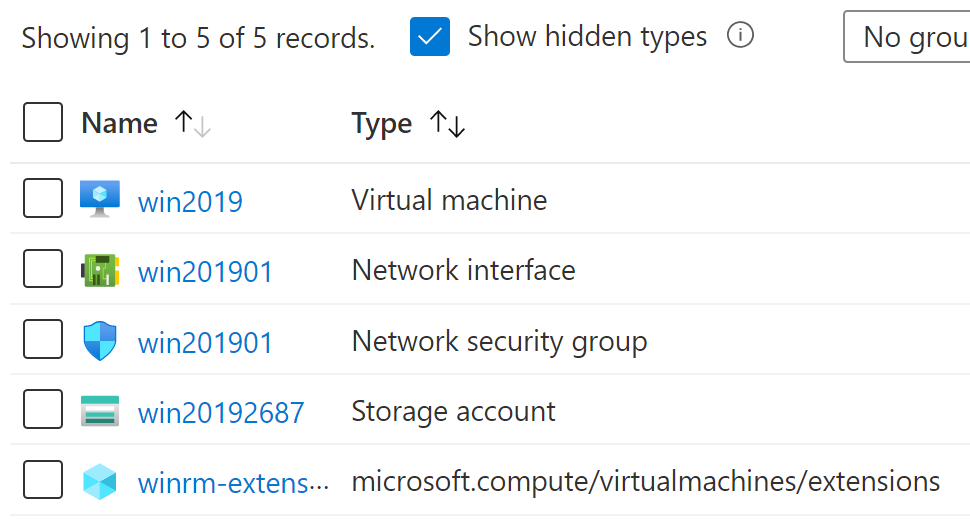
The significant parts of my modification to the default molecule.yml are:
- added
win_rmarguments toprovisioner.connection_optionsto allow connectivity to the Windows 2019 instance
Closing Remarks
In this blog I shared an overview of two possible scenarios (creating a new Ansible role / modifying an existing) for Ansible role development and the methodology to address each.
I also shared YAML examples for two Molecule scenarios (Rhel/Windows) for use with the Molecule-Azure driver. Including examples of the following resource types:
- azure_rm_resourcegroup
- azure_rm_virtualmachine
- azure_rm_virtualmachineextension
- azure_rm_networkinterface_info
In a future blog I hope to onboard my Ansible roles to GitHub Actions and enable CI so roles are tested with Molecule against various OS distribitions without admin/user interaction.
Cheers,
Jesse

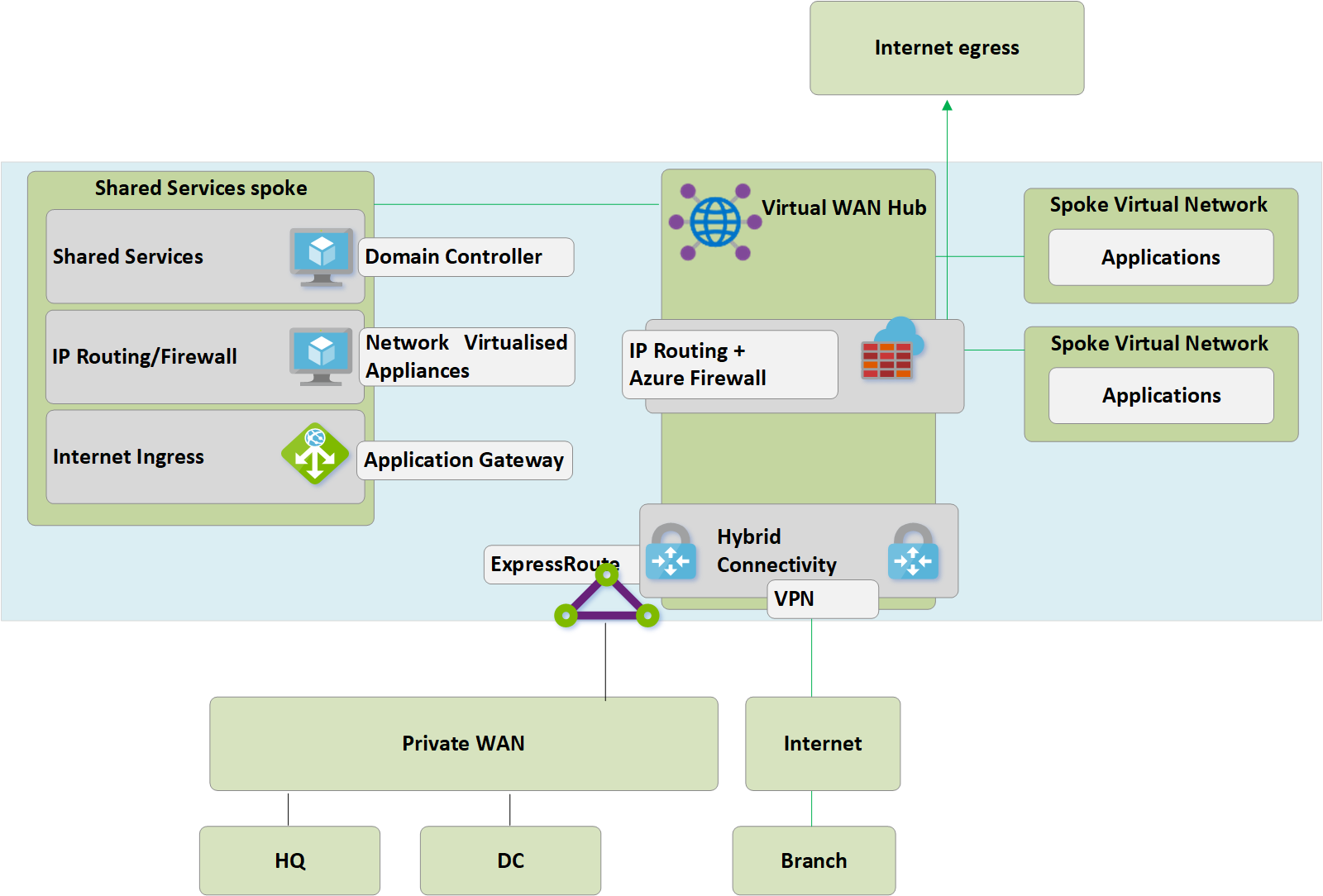
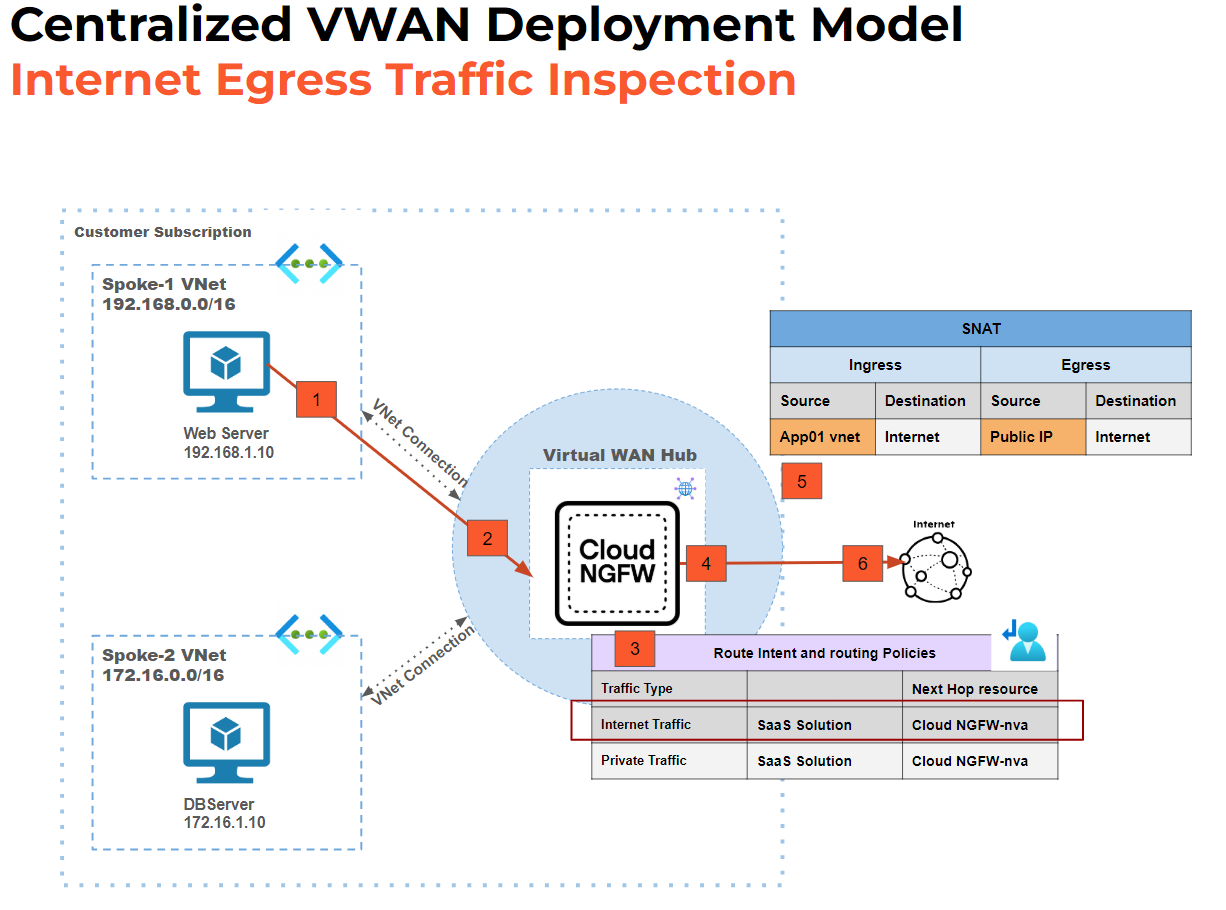

Leave a comment